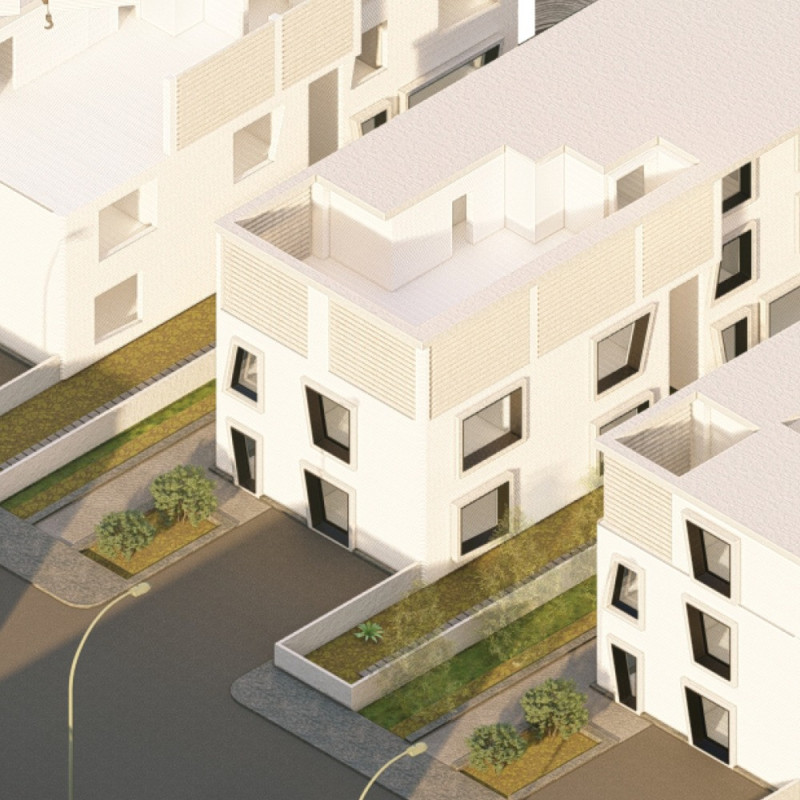5 key facts about this project
The design approach takes a holistic perspective, considering both the immediate context and the broader urban fabric. The building is characterized by its extensive use of glass facades, which allow natural light to permeate the interior spaces while creating a visual connection with the exterior environment. The transparency of the materials plays a crucial role in blurring the boundaries between inside and outside, encouraging passersby to engage with the building and its activities. This intentional relationship emphasizes the project's role as a public venue.
Materiality is a key element in the overall design narrative. The primary materials used include reinforced concrete, glass, and sustainably sourced timber, which collectively create a balance between durability and eco-friendliness. The concrete structure provides a strong, resilient base, while the glass elements contribute to the building’s modern aesthetic and energy efficiency. The warm tones of the timber are introduced in various places, such as in the cladding and the interior finishes, adding an inviting and organic quality to the space. This choice of materials not only enhances the visual appeal but also promotes sustainability in the construction process.
Significant design features include open communal areas, versatile spaces for activities, and strategically placed greenery. These elements are designed to facilitate various functions such as exhibitions, workshops, and recreational events. The architects implemented flexible layouts that can be adapted based on specific requirements, ensuring the building remains relevant over time as community needs evolve. Moreover, green roofs and vertical gardens enhance the building’s environmental performance while providing serene spaces for relaxation amid the urban landscape.
Unique to this project is the incorporation of advanced energy systems, which underline a commitment to sustainable architecture. Photovoltaic panels integrated into the roof design contribute to reduced energy consumption, while rainwater harvesting systems serve to minimize the building's ecological footprint. The careful consideration of energy efficiency not only maximizes the building's operational sustainability but also educates users about environmental responsibility.
The architectural design stands out due to its sensitivity to the cultural context. The facade features artistic expressions inspired by local traditions, reflecting the community's identity and history. This aspect of the design creates a dialogue with the surrounding architecture, enriching the user experience while promoting a sense of place.
Overall, the project presents a compelling example of contemporary architecture that prioritizes functionality and community interaction while respecting the environment. It serves as a reminder of the potential that thoughtful design holds in shaping the urban landscape and enhancing community experiences. For those interested in a deeper understanding of the architectural vision, further exploration of the architectural plans, sections, designs, and innovative architectural ideas associated with this project is encouraged. Engaging with these elements offers valuable insights into the intent and process behind this impressive architectural endeavor.


 Rami Succari
Rami Succari 























